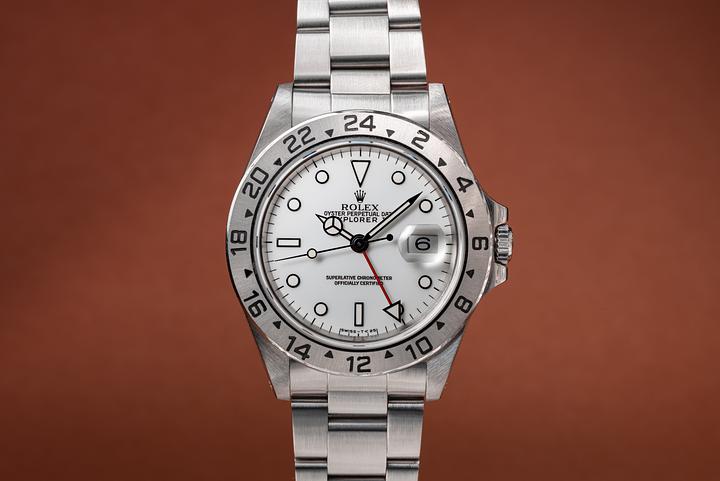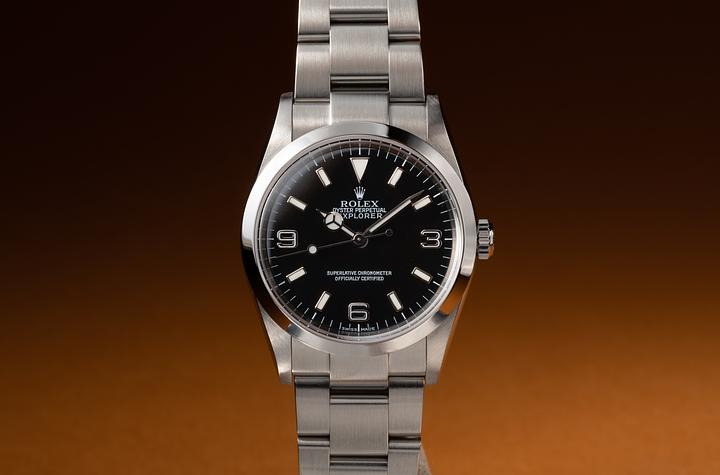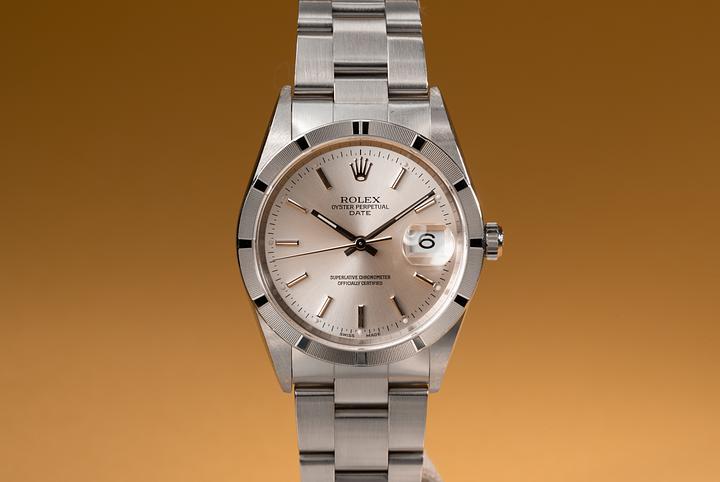Rolex Submariner Ultimate Guide: Dive Into Iconic Timekeeping

The Rolex Submariner: An Icon Beneath the Surface
Right, so let’s talk about the Rolex Submariner—a watch that frankly needs no introduction, but deserves one anyway. Known and respected among both horology lovers and, let’s face it, anyone with a pulse for timeless design, the Submariner is more than a dive watch. It’s a legend. Introduced in the early 1950s and refined ever since, this timepiece has come to symbolize Swiss precision, durability, and a sort of effortless luxury that’s grounded in functionality, not just flash. And while, yes, plenty of other luxury watches exist, there’s a reason this one tends to pop up in everything from Bond films to the wrists of deep-sea explorers and even CEOs navigating their corporate trenches.
The Origins of the Rolex Submariner
So, here's the backstory. The Rolex Submariner was officially introduced in 1953, hitting the market in 1954 at the Basel Watch Fair—yep, back when Baselworld still mattered. It was Rolex’s first real foray into professional diver's watches, and it was revolutionary. Like, literal depth-changing innovation. At the time, diving as a sport and profession was on the rise, and Rolex wanted in. The Submariner was one of the first watches designed from the ground up for underwater use, featuring a waterproof Oyster case, a rotatable bezel to track dive times, and luminous markings for visibility in murky depths.
Early models like the reference 6204 went down to 100 meters, which may not sound like much today but was considered elite at the time. Just a year or two later, the 6200 improved that depth rating and brought along the now-famous Mercedes hour hand. From there, it just—well, no other way to say it—evolved.
The Swiss Watchmaking Tradition and Rolex’s Role
Let’s zoom out for a second. Switzerland, as you probably know, isn’t just chocolate and scenic trains—they basically wrote the book on fine watchmaking. Rolex fits into this tradition, but also sort of sits in its own category. Founded in 1905 by Hans Wilsdorf, Rolex paved the way for innovation. They created the first waterproof wristwatch (yes, the Oyster), were the first to officially receive chronometer certification for a wristwatch, and generally made the kind of moves that later turned into industry standards.
What keeps Rolex, and by extension the Submariner, grounded in the Swiss legacy is its obsessive commitment to quality. Watches are assembled in-house, component by component, in Geneva and Bienne—right at the heart of Swiss horology. This isn’t mass production; it’s more like luxury-grade duplication of excellence. The Submariner is proof of this. It’s crafted like a tool, but wears like a trophy.
Evolution of the Submariner: From Utility to Icon
Over time, the Submariner evolved right along with the cultural waves it often helped shape. The 1960s saw upgrades like increased water resistance (up to 200m), the introduction of crown guards to protect the winding stem, and of course, the wider adoption of the rotating bezel. It was around this time the Submariner started appearing in pop culture. Cue Sean Connery’s Bond flicks—he wears it in Dr. No, Goldfinger, you name it. Suddenly, the Submariner was more than scuba gear—it was a lifestyle pick.
By the 1980s, Rolex had started incorporating sapphire crystals (goodbye scratches), improved movements, and eventually, ceramic bezels that didn’t fade or collect dings. It had well and truly evolved from an engineering marvel into a cultural monolith. The term “Submariner Date” even entered watch collector vocabulary, signaling the version outfitted with a date complication and Cyclops magnifier.
Technical Mastery: Materials and Movement
Now, if we’re talking specs—because let’s be honest, we have to—it’s worth noting that today’s Submariner models, particularly reference 124060 (no date) and 126610 (with date), bring a lot to the table. Starting with a 41mm Oystersteel case, they sport the newer Caliber 3230 and 3235 movements respectively—both in-house automatic calibers featuring Rolex’s patented Chronergy escapement for greater efficiency and extended 70-hour power reserves.
And the materials. Rolex doesn’t just use stainless steel—they use Oystersteel, a 904L superalloy that’s resistant to corrosion and keeps a polish like no one’s business. Add in their Cerachrom bezel inserts (a fancy term for their proprietary ceramic bezels), and you’ve got a watch built to last longer than—well, maybe your diving career itself.
How the Submariner Became the Most Recognizable Luxury Watch
Here’s a twist—it’s not just divers, actors, or collectors who wear Submariners. These days, it’s often the go-to for anyone entering the world of high-end timepieces. Why? Because it threads that needle between heritage and modernity so well. You dress it up, it works. Throw on a wetsuit? Still good. It’s arguably the most versatile luxury watch ever made, which means whether you're cruising offshore or heading into a Monday meeting, it fits. Effortlessly.
The market reflects this broad appeal. Submariner models—especially vintage ones like the 5513 or the COMEX editions—are among the most coveted in the secondary market, making them not just wearable art but serious investment-grade material. And let’s not even get started on the “Hulk” (green bezel and dial) or the classic “Kermit” (black dial, green bezel)—fan favorites with entire cult followings.
Looking Ahead: The Submariner’s Enduring Legacy
So, where does the Submariner go from here? That’s the interesting part. While Rolex is famously tight-lipped about future releases, one thing’s clear: they don’t follow trends, they start them. The Submariner’s role in that legacy is cemented. It’s a benchmark in design, performance, and timeless aesthetic. As long as there’s a demand for watches that marry utility with sophistication, the Submariner will remain in the conversation—probably at the top of the list.
In a world of ever-changing tech and wearables, it says something that an analog device introduced over 70 years ago can still drop jaws. It’s not just waterproof steel and precision gears—it’s an expression of time itself, forged in the deeper currents of Swiss mastery.




